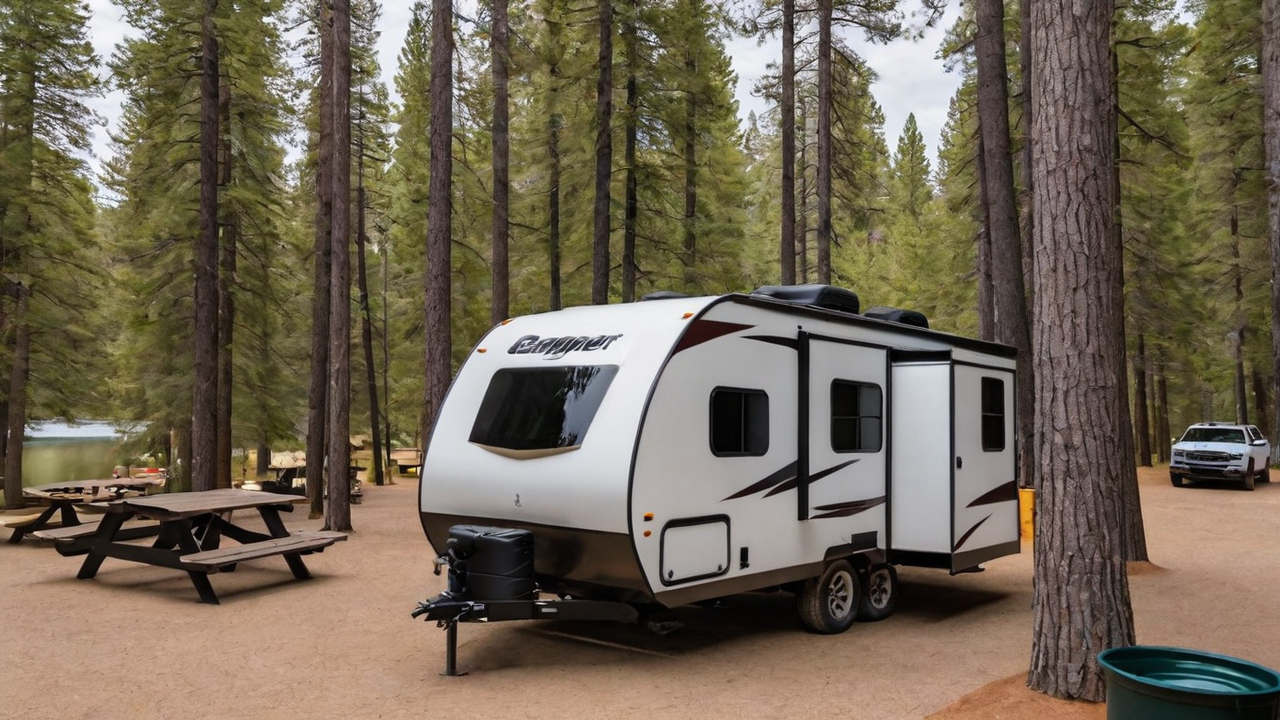Crafting an Optimal User's Interface: Design Guidelines for Campground Software
Crafting an Optimal User's Interface: Design Guidelines for Campground Software
Blog Article

Grasping Your Audience
Identifying who your target users are crucial in creating an efficient user's experience. It is important to consider their requirements, likes, and technology competence. Such understanding leads every designing decision, ensuring that the software becomes user-friendly and intuitive.
Knowing the users likewise implies recognizing their obstacles and the way they intend to use the campground software. This allows the designers to customize functions and functionalities that meet specific needs, making your application not only useful but also indispensable.
Simplifying the Navigation System
Streamlining your navigation is a critical element of user interface designing. An intuitive navigation structure makes sure visitors can easily locate what they're searching for, reducing frustration and enhancing satisfaction levels. It's about the journey inside the software as smooth and effortless as possible.
Moreover, a well-designed navigation leads visitors through your software, emphasizing features and capabilities that they otherwise would overlook. Such an approach not only boosts usability but also promotes deeper engagement with your campground software's full range of features.
Incorporating Premium Graphics
Visuals have an crucial part in creating an attractive user interface. They assist in breaking text and can also convey functions more efficiently than words alone. Selecting the appropriate graphics, icons, and colors can greatly boost the overall aesthetic of the application, thereby making it more visually pleasing to the eye.
Moreover, a consistent visual style is essential for building brand identity and trust among users. Each element must be in sync with your brand’s ethos and the overall mission of your application, leading to a seamless experience that feels both professional and welcoming.
Enhancing Responsiveness
In today’s digital world, users demand camping programs to be fully responsive on all devices, from desktops to smartphones. An responsive design ensures that regardless of what screen size, your software provides an uncompromised experience. This not only increases usability but also caters to your users’ mobile lifestyle.
Moreover, improving the responsiveness can result in improved performance, minimizing load times and preventing user frustration. Users value a quick and smooth interaction when accessing camping software, and this makes performance a vital element in satisfaction levels.
Optimizing the Search Functionality
Locating information swiftly is fundamental in any application, especially in campground software systems. Optimizing the search feature allows visitors to easily locate exactly what they're looking for, which boosts user experience and productivity. By intelligent search features, you can minimize user frustration and improve general satisfaction.
Moreover, sophisticated search features such as filters and tags can assist in narrowing down search results, making it search process even efficient. Implementing these features demonstrates a understanding of your user’s needs and an effort to enhancing their experience with the campground software as smooth and productive as possible.
Prioritizing Security
Protecting user information must be non-negotiable when coming to developing campground programs. Users want to feel safe when entering their personal information. Ensuring robust security measures not only protects their information but likewise builds trust between the user and your company.
In addition to basic security features like passwords and data encryption, it's important to consider implementing additional security measures such as two-factor authentication or biometric security logins. These features provide additional layers of security, ensuring that customer data is kept secure from unauthorized access.
Leveraging User Feedback
Listening to feedback is vital for the continual enhancement of the campground program. It allows the developers to grasp what is working, what doesn’t, and how their application can be improved to better meet user expectations. This type of feedback creates an open dialogue between the users and your team, which makes them feel they are actively a part of the software’s journey.
Taking this feedback effectively can result in noticeable improvements in UI designs and overall user experience. Making changes based on actual feedback demonstrates that your company cares about its customers and is dedicated to providing a high-quality product.
Keeping the Simplicity
In the realm of design, simplicity is golden. An unnecessarily complex interface can overwhelm users, leading in a unpleasant UX. Keeping things simple, on the other hand, helps your software easier to understand and navigate. This encourages greater user engagement and satisfaction.
Additionally, maintaining simplicity should extend to the content and features. Avoid unnecessary functions that do not contribute real value can help ensure that your interface remains clean and focused on meeting the core requirements get the facts of your users. By, you can design a more streamlined and efficient user experience that resonates with the audience.
Report this page